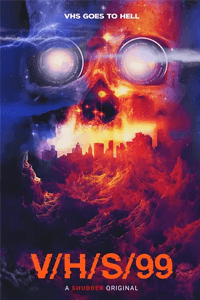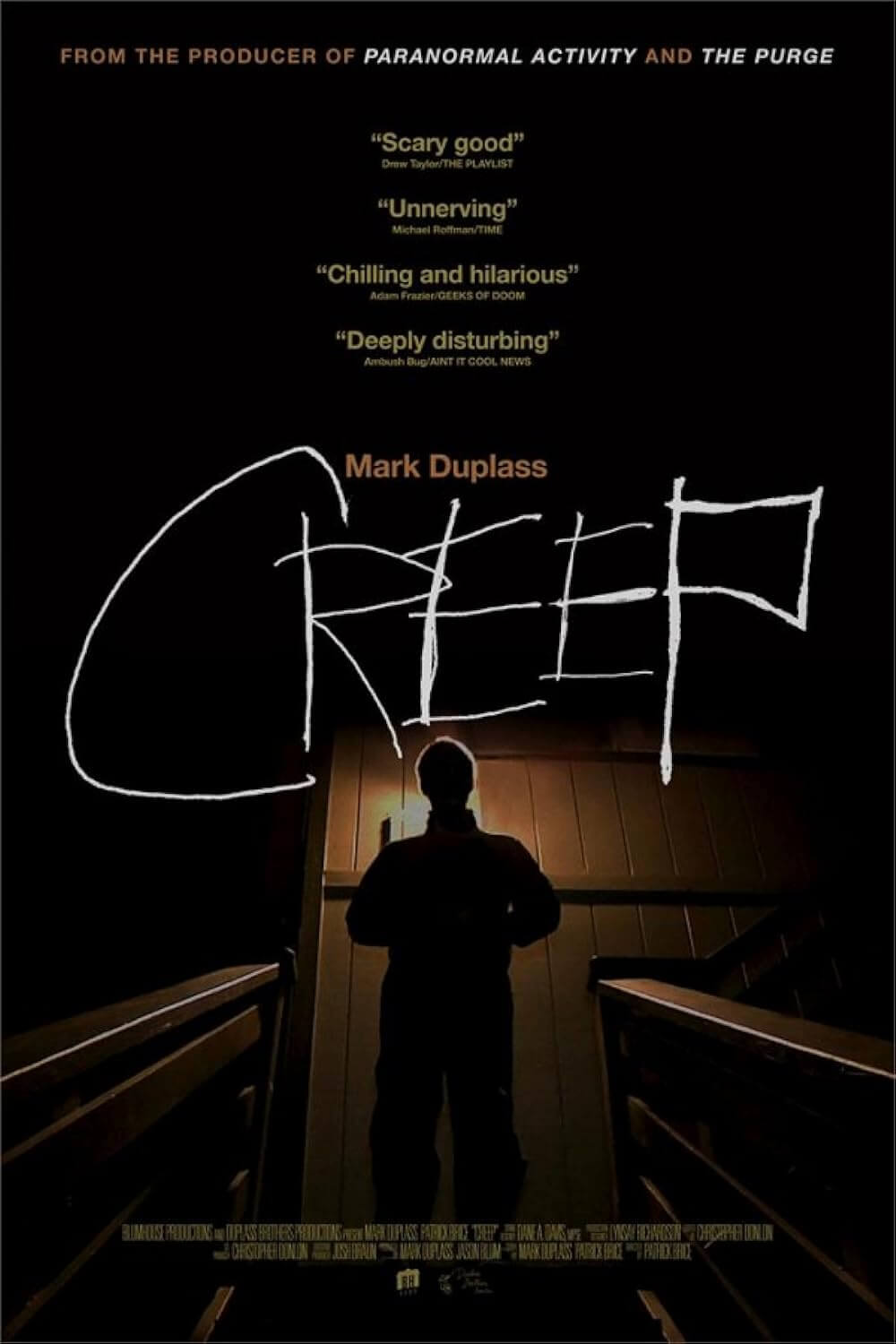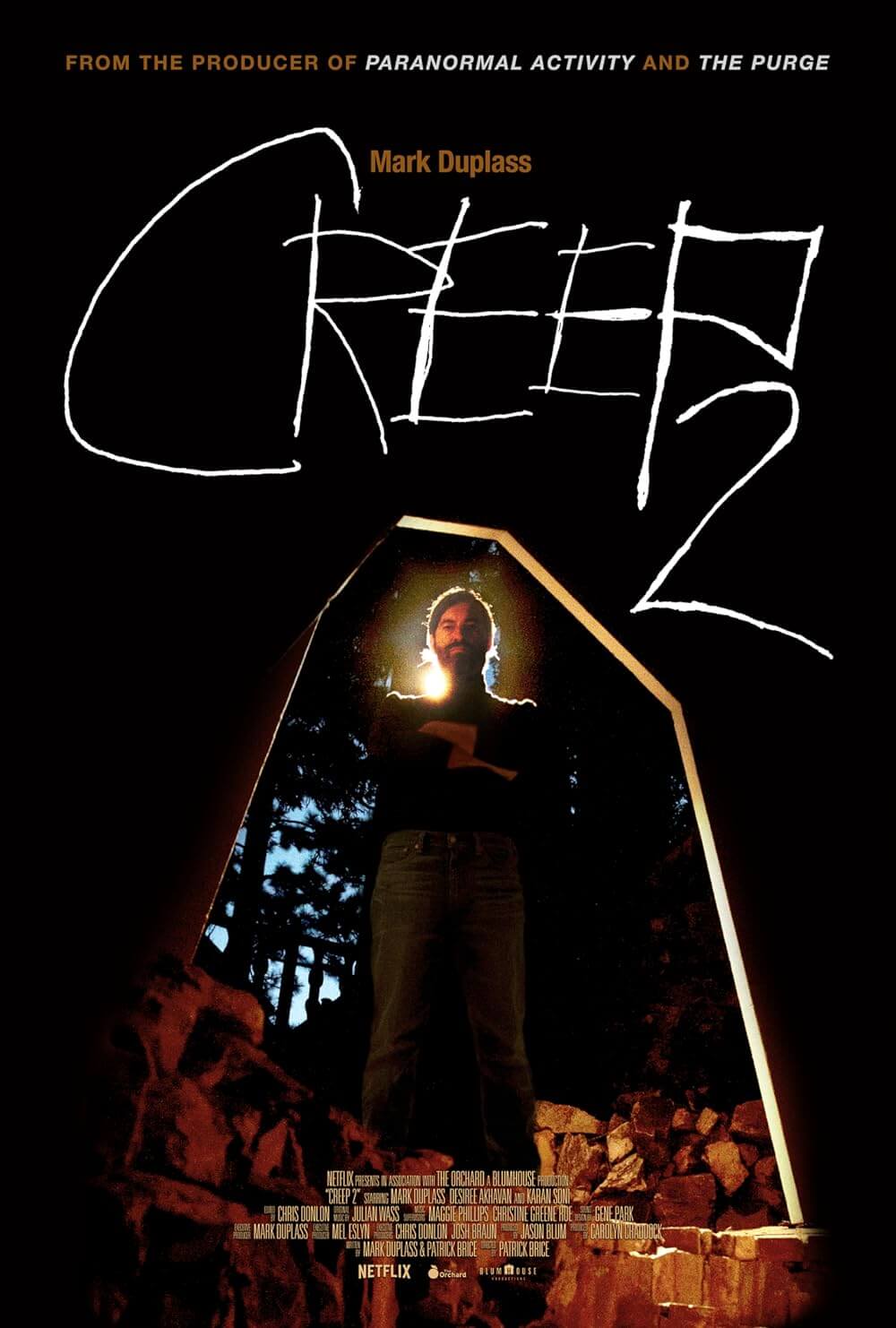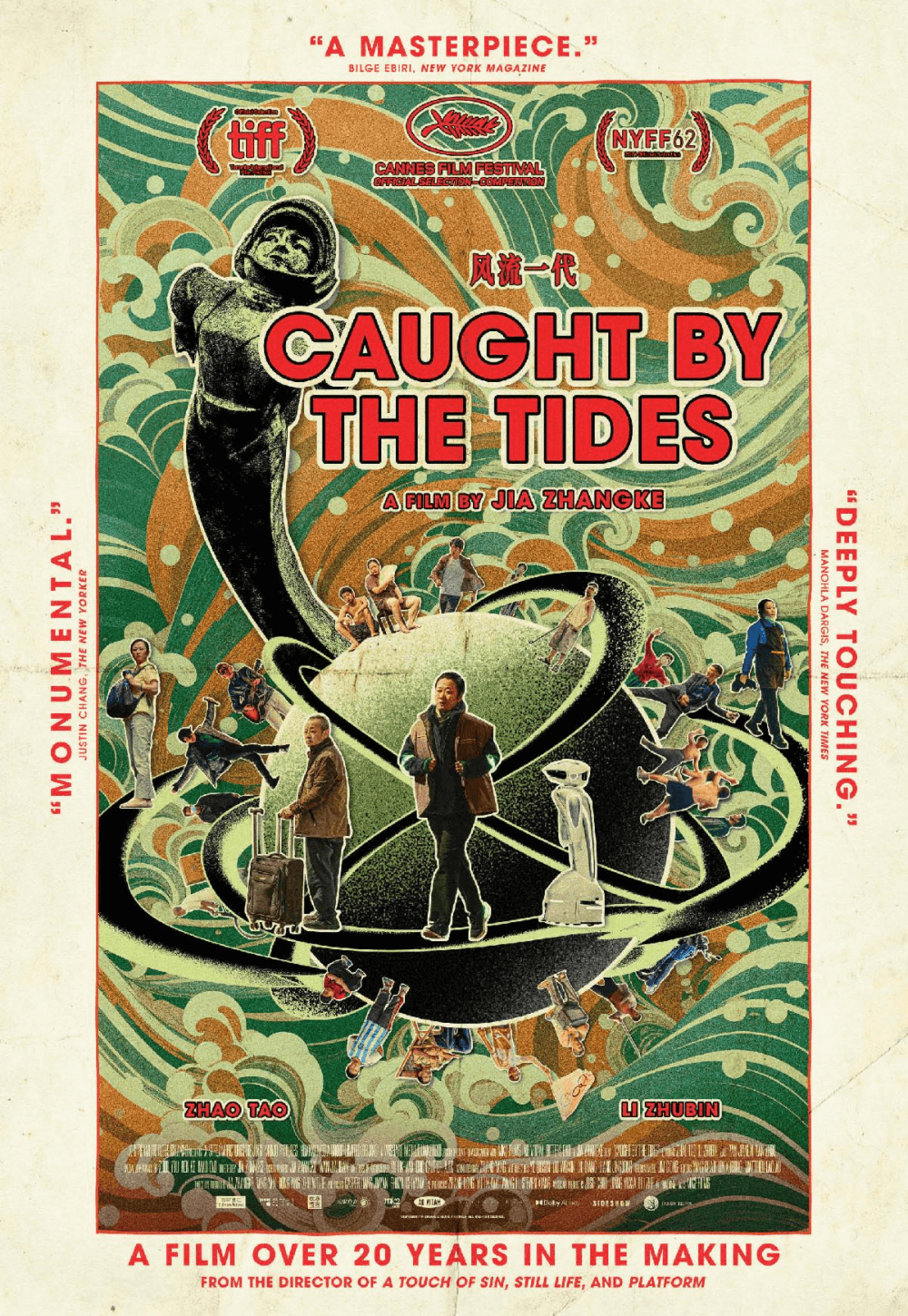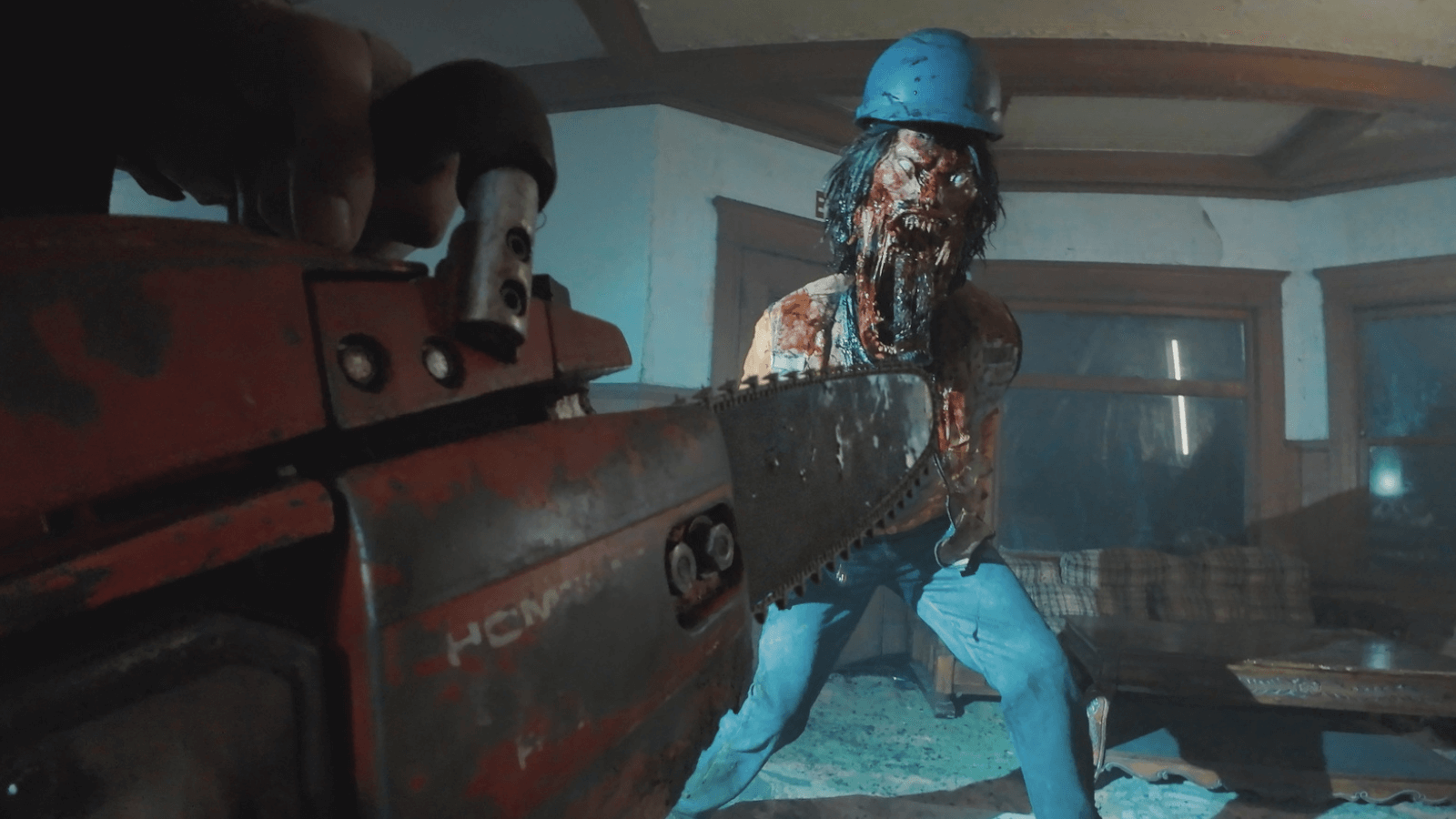
V/H/S/Beyond
By Brian Eggert |
The V/H/S horror anthology franchise continues with V/H/S/Beyond, the sixth installment since the 2012 original. If you’ve made it this far, you know what to expect: an uneven collection of “found footage” shorts loosely connected by an overarching framework. More often than not, the shorts prove hit-or-miss, and the wraparound story fails to bring them together. The occasional exception, such as V/H/S/99 (2022), is a reminder of what keeps viewers returning to the series. But usually, the overall experience proves underwhelming. Even though my response to the series remains tepid, I keep coming back, hoping for something unique. After all, the one or two individual shorts per feature that retain a place in my memory bank are enough to leave a lasting impression and a mild sense of hope for the next one. Part of me wants to assemble a greatest hits movie comprised of the best from the various features. My compilation would probably only consist of a half-dozen shorts from the entire franchise, but what a compilation it would be.
Watching the latest, the problems with the series become readily apparent. In almost all cases, the framing story that presents the shorts proves inadequate. Here, a faux documentary directed by Jay Cheel establishes the theme of aliens and abductions, investigating the difference between “proof” and “evidence.” Some of the shorts adopt the idea, but others do not. When four out of six stories are about aliens, one wonders if the filmmakers behind the exceptions didn’t understand the assignment. Had each segment dealt with the same alien-centric concept, it would have been a unique flourish within the V/H/S series. Instead, the collection takes occasional detours into unrelated ideas, making the already piecemeal setup feel even more random thanks to the intended structure. One cannot help but wonder if future V/H/S movies might benefit from a pre-shoot meeting with directors and writers to agree on a central motif before production commences.
Jordan Downey directs the first installment called “Stork,” following a group of bro-tastic cops on a mission to hunt down a baby snatcher. Using an array of body-mounted cameras, the unit infiltrates a house filled with zombie-like things, leading to a bloody and chaotic confrontation inspired by first-person shooter video games. It also has an ending that’s memorable in its absolute never-seen-that-before strangeness, though it fits with the alien theme. Equally gory and frenzied, but not alien-related, is “Dream Girl,” directed by Virat Pal, about a couple of Mumbai-based paparazzi who hope to get a star named Tara (Namrata Sheth) on camera. They sneak onto the set of a Bollywood musical, giving way to an entertaining if brief musical number—that breaks the “found footage” rules—before unleashing a terror (either an unruly goddess or a cyborg; I cannot be sure) on everyone in the vicinity.
But it’s back to the alien motif for “Live and Let Dive,” directed by Radio Silence member Justin Martinez. A group of skydivers finds their latest jump interrupted by a UFO in the sky and, eventually, on the ground, they’re attacked by extraterrestrials. While full of impressive production values, the characters prove so obnoxious that their deaths hardly matter. Next, brothers Christian and Justin Long co-direct “Fur Babies,” an amusing commentary on dog obsessives that finds Justin Long channeling his experiences on Tusk (2014) and Barbarian (2022). It’s got nothing to do with aliens, but its imagery and humor are effective. V/H/S/Beyond saves the best for last with “Stowaway,” written by Mike Flanagan and directed by Kate Siegel. Besides adopting a VHS tape format, it boasts a compelling performance by Alanah Pearce as an amateur documentarian looking for evidence of aliens in the Mojave Desert, only to make a disturbing discovery that takes her to infinity and beyond.
Along with “Stowaway,” Cheel’s connective tissue tale “Abduction/Adduction” also uses VHS tapes as so-called evidence, but the documentary setup betrays the “found footage” concept of the V/H/S franchise. Moreover, tapes are an increasing rarity in the series—and have been since the third and worst entry, V/H/S: Viral (2014)—making the title beside the point. What’s impressive about V/H/S/Beyond is that each segment maintains a strong enough story to hold our interest, which isn’t always true with these anthologies. They don’t all adhere to the “found footage” or alien concept that would otherwise link them, but they all have their moments. However, at nearly two hours long, the film begins to lose momentum toward the end of each segment. Above all, it’s the filmmakers’ persistent failure to follow the rules of the series, more than any other aspect, that regularly disappoints me. Obstructions and limitations often lead to the most inventive filmmaking, but too often, the entries in the V/H/S series stray beyond their boundaries.
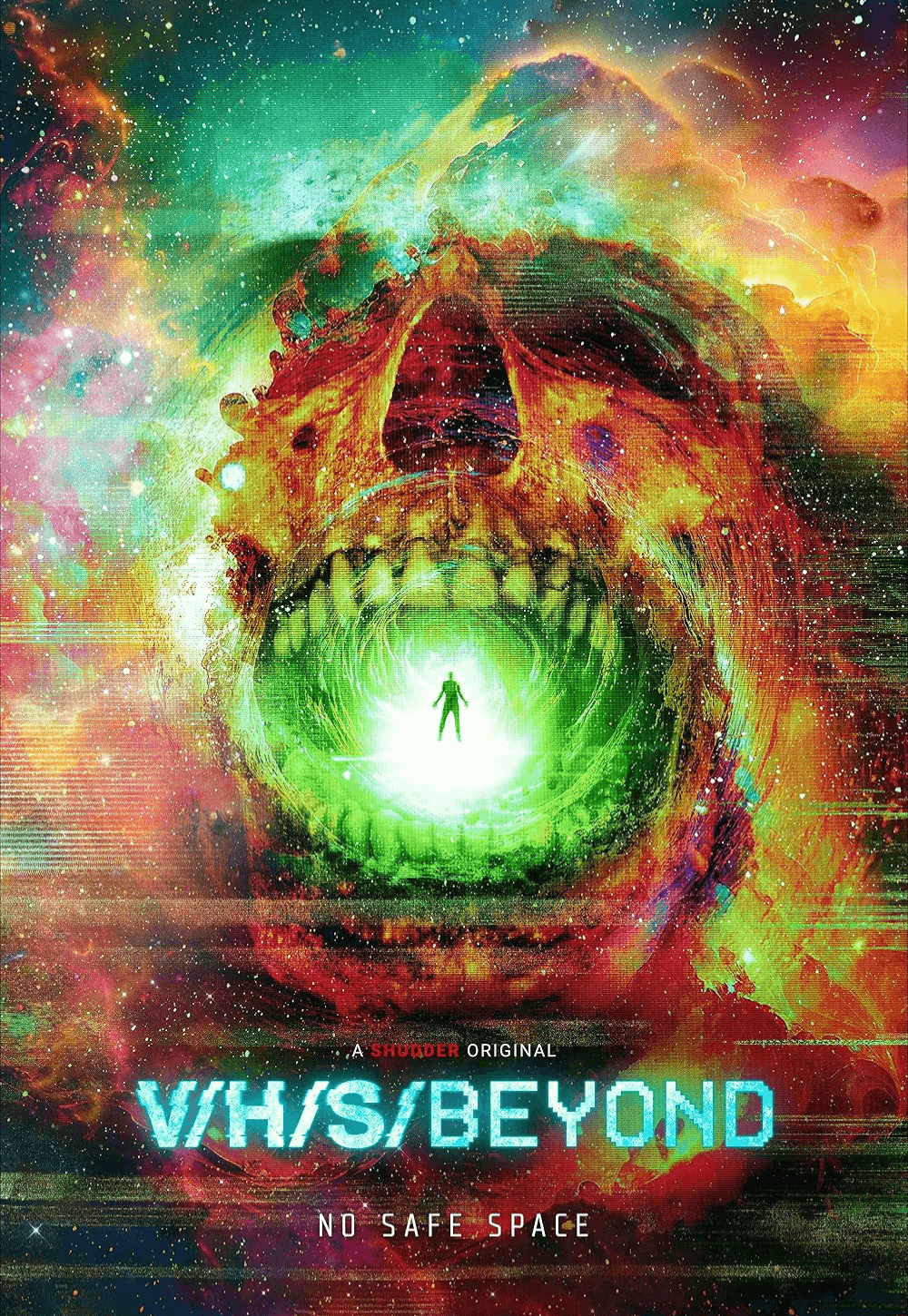
Consider Supporting Deep Focus Review
I hope you’re enjoying the independent film criticism on Deep Focus Review. Whether you’re a regular reader or just occasionally stop by, please consider supporting Deep Focus Review on Patreon or making a donation. Since 2007, my critical analysis and in-depth reviews have been free from outside influence. Becoming a Patron gives you access to exclusive reviews and essays before anyone else, and you’ll also be a member of a vibrant community of movie lovers. Plus, your contributions help me maintain the site, access research materials, and ensure Deep Focus Review keeps going strong.
If you enjoy my work, please consider joining me on Patreon or showing your support in other ways.
Thank you for your readership!
Brian Eggert | Critic, Founder
Deep Focus Review


